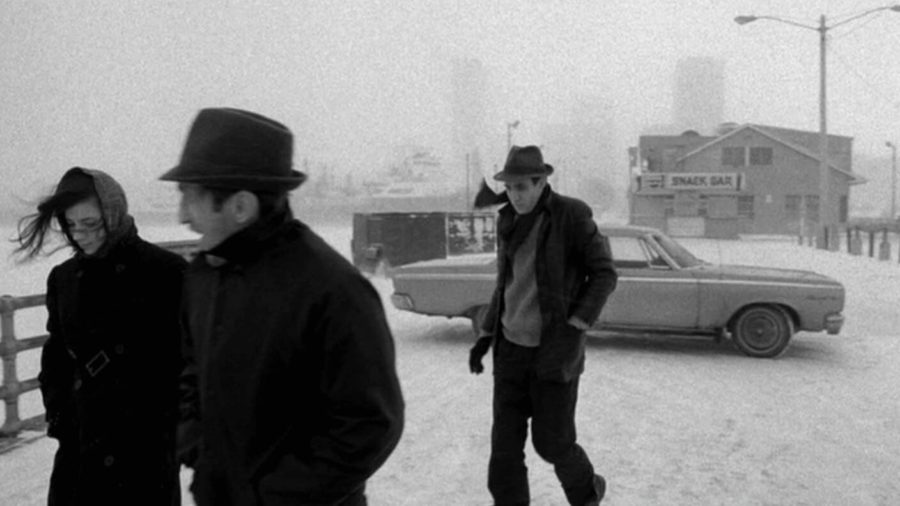Scientists at the University of York have shed new light on how humans process colour – revealing that we see things differently in winter compared with summer.
The researchers examined how our colour perception changes between seasons and in particular how we process the colour known as unique yellow.
Humans identify four unique hues – blue, green, yellow and red – that do not appear to contain mixtures of other colours.
Unique yellow is particularly interesting to scientists as it is stable across large populations – everyone agrees what unique yellow looks like despite the fact that people’s eyes are often very different.
The researchers in the Department of Psychology wanted to discover why this colour is so stable and what factors might make it change. They thought that unique yellow might depend not on the biology of the eye but on the colour of the natural world.
PhD student and lead author, Lauren Welbourne, said: “What we are finding is that between seasons our vision adapts to changes in environment. So in summer when there is a much larger amount of foliage, our visual system has to account for the fact that on average we are exposed to far more green.
“In York, you typically have grey, dull winters and then in summer you have greenery everywhere. Our vision compensates for those changes and that, surprisingly, changes what we think ‘yellow’ looks like. It’s a bit like changing the colour balance on your TV.”
The researchers tested 67 men and women in January and June. Participants were placed in a darkened room, allowed to adjust to the light and then on a machine called a colorimeter asked to adjust a dial backwards and forwards until they felt they had reached the point where it had reached unique yellow – with no hint of a green or red.
“I take lots of measurements of the setting in both seasons, and find a shift in the average setting between seasons, ” Lauren said.
Lauren said the research, which is published in Current Biology, had shed new light on the complex workings of the visual system.
“This is the first time natural changes in the environment have been shown to affect our perception of colour. For me as a vision scientist it is fascinating as it is telling us more about how visual processing works.
“Although there’s no disorder that this can fix, the more we learn about how vision and colour in particular is processed, the better we can understand exactly how we see the world. This can have knock on effects on the way we diagnose and treat visual disorders.”
Lauren said it provides an example of how humans constantly adapt to their surroundings.
“Many places in the world have very different environments throughout the year. Think about the changes that the rainy season brings to India, or winter and summer in the arctic.
” So this process is very useful because you can adapt to these huge seasonal changes in environmental colour and continue to see and discriminate between colours accurately.”


